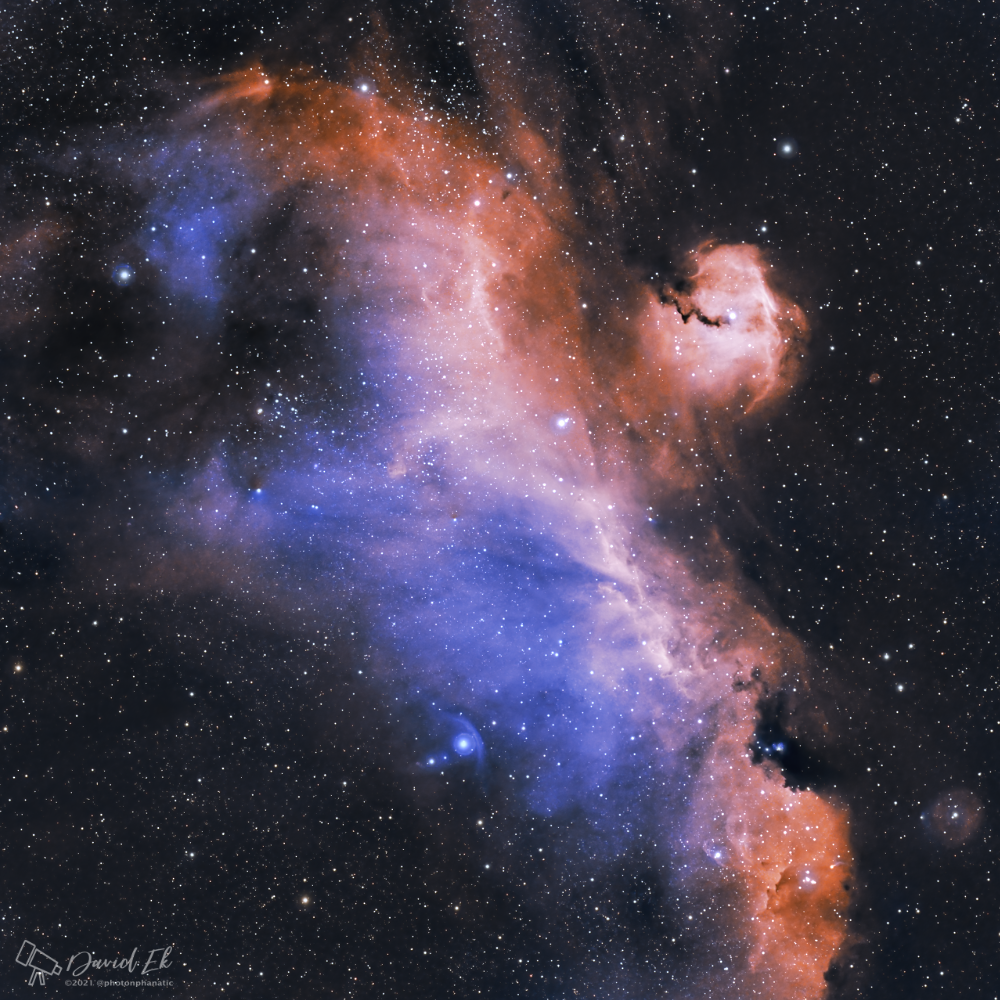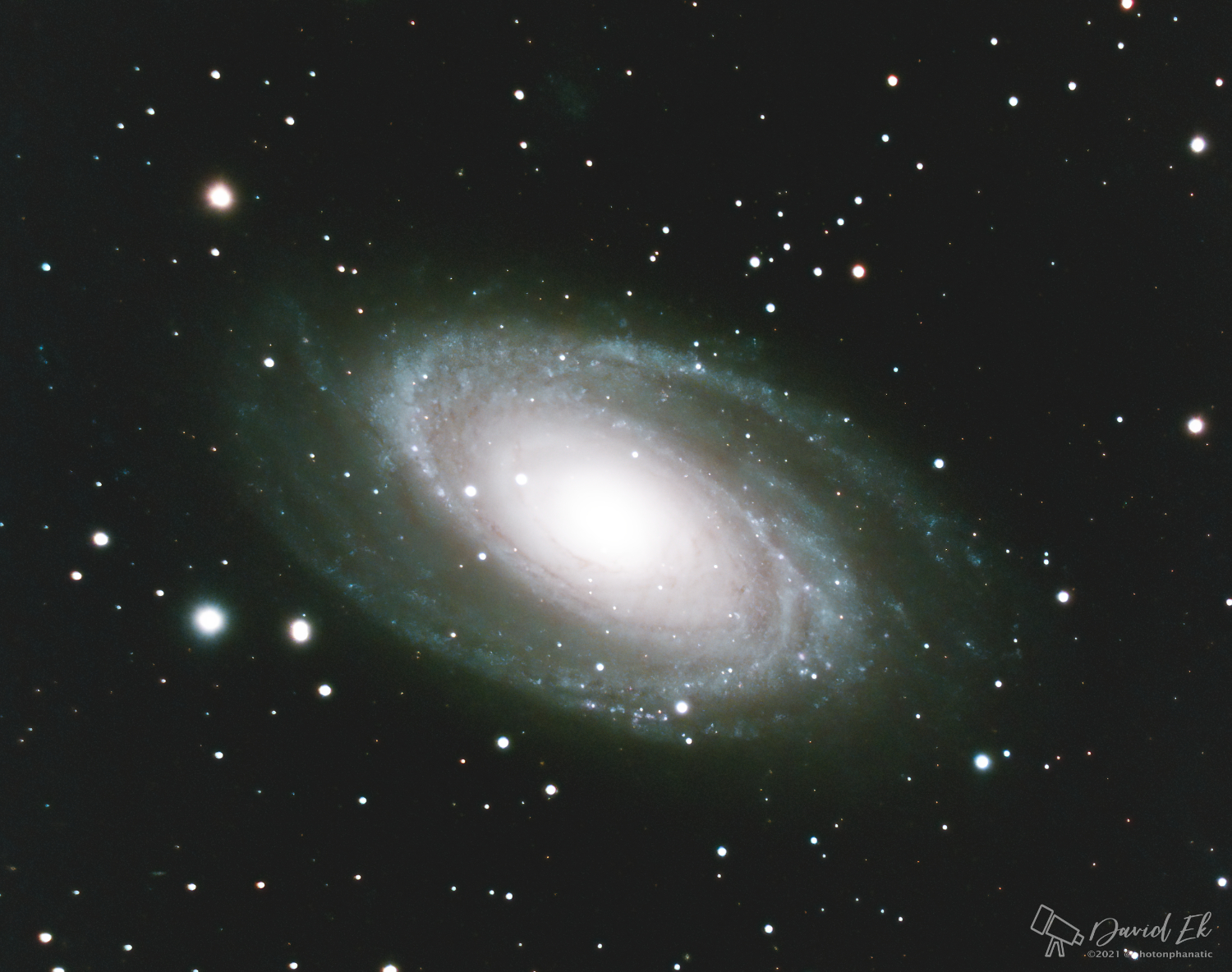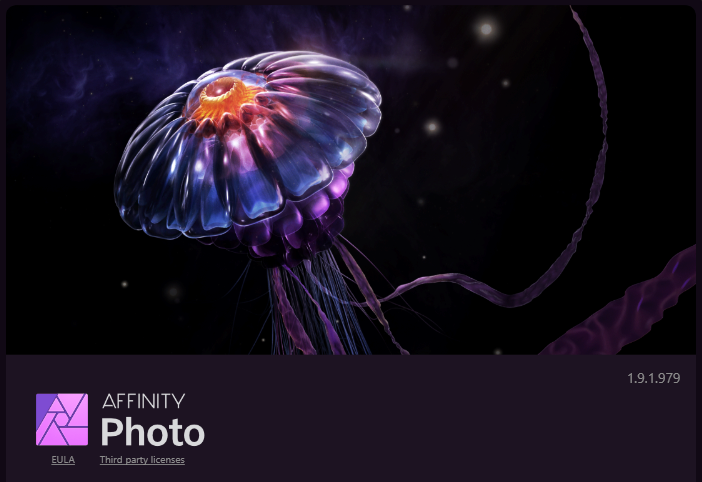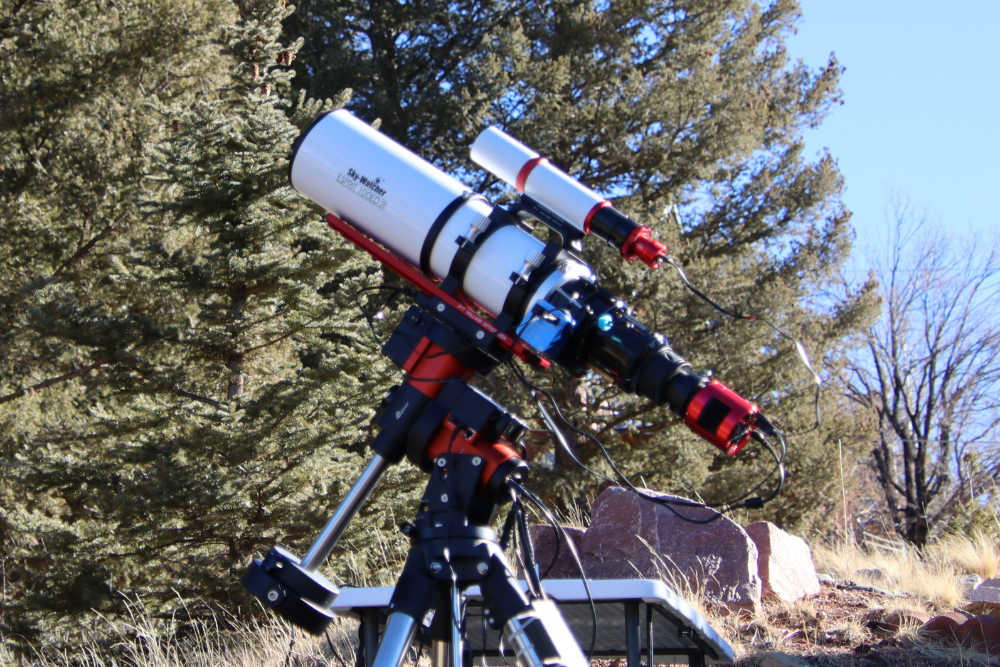Clear skies and a new moon will find me capturing more photons, and a few days ago I was able to collect 8 hours worth of light from the Bubble Nebula (NGC 7635), along with the Cassiopeia Salt and Pepper Cluster (M52). This is once again a narrow-band image using the Optolong L-Extreme dual-band filter, shooting with a ZWO ASI533MC Pro cooled color camera through a Sky-Watcher Esprit 100 f/5.5 apo refractor on an iOptron GEM45 mount. Processed using PixInsight, Affinity Photo, and Denoise AI.
It’s pretty rare, it seems, that I can actually get 8 hours of good data in a single evening. Only a couple of the subs had satellite trails, and those were fairly minor so I just kept them and relied on the stacking process to get rid of them. N.I.N.A.’s autofocus worked flawlessly during the entire run–I generally let autofocus refocus every 15 images or so. I love it when everything works and the weather cooperates the whole night.










